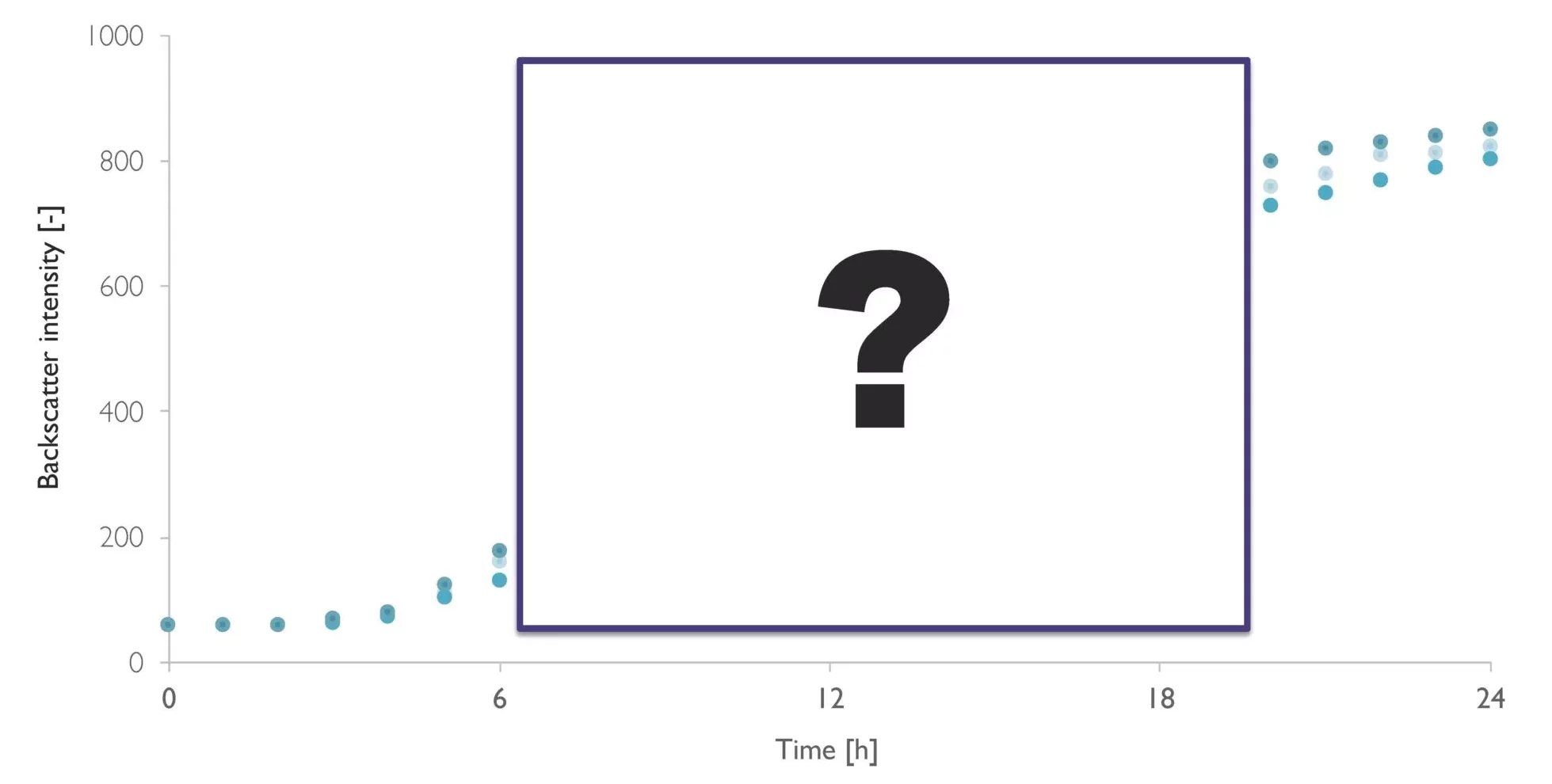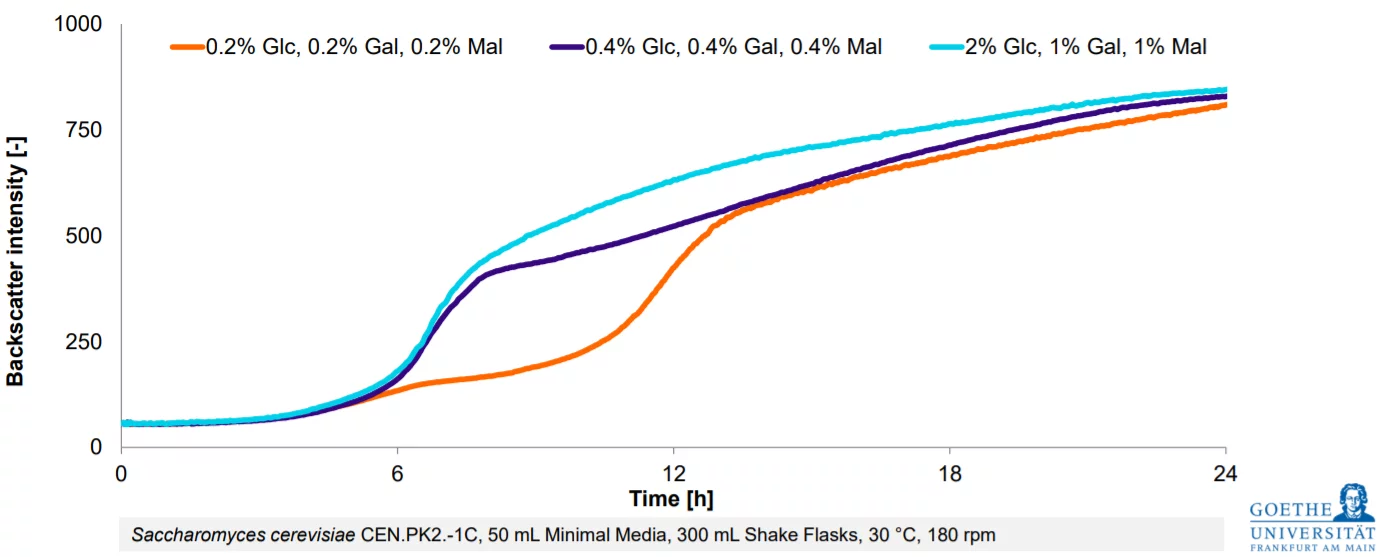Data Spotlight
Increasing the Exponential Growth Phase by Modulating Dissolved Oxygen (DO) in Plant Cells
Background
Historically, plant cell culture research has faced challenges in adopting high-throughput methods, as these techniques are often tailored to organisms like yeast and E. coli, which differ significantly from plant cells in their complexity. Consequently, plant cell suspensions commonly rely on manually intensive techniques to estimate growth rates, while dissolved oxygen (DO) levels are rarely monitored unless the cells are cultured in benchtop bioreactors. Unfortunately, these manual methods often lack accuracy, yet precise growth rate data is essential for determining optimal growth conditions for plant cells. Moreover, monitoring DO at earlier stages, such as the seed train phase, can enhance growth optimization before scaling up to bioreactors. To address these challenges, this study investigates how SBI's innovative DO sensor pills can deliver precise, automated, and real-time data, providing valuable insights into plant cell suspension cultures.
Results
%20in%20Plant%20Cells%20-%20GALY.jpg?width=900&name=Increasing%20the%20Exponential%20Growth%20Phase%20by%20Modulating%20Dissolved%20Oxygen%20(DO)%20in%20Plant%20Cells%20-%20GALY.jpg)
Materials & Methods
2x 250 mL flasks were prepared at 20% fill volume shaken at 30°C in an incubator. Biomass was monitored via the Multi-Parameter Sensors (MPS) and dissolved oxygen was measured via the DO Sensor Pills. Every day, data collection by the DOTS Platform was paused to allow for manual data collection to calculate growth rate. These values were compared to the growth curves automatically generated by the MPS after 9 days of growth.
Conclusion
This study provided new perspective on how the lag phase can decrease while increasing the exponential growth phase by modulating dissolved oxygen (DO). It can be seen that DO steadily decreases, then rapidly decreases during exponential growth, but increases slightly at stationary phase. This is because cell multiplication has stabilized, so oxygen is entering into suspension faster than it is being consumed by the cells. Secondly, dissolved oxygen measurements automatically generated by the pills provided more resolution to the entire growth period compared to the more manually intensive method. When comparing the growth periods from both methods, the latter method indicated that the cells already hit stationary phase, but in actuality, they were midway in exponential phase as per the SBI system. The study provides insights in how seed trains can be optimized with higher resolution growth curves and hands-off dissolved oxygen data for plant cell suspension cultures.
Have questions about your application?
Let’s work together to find a solution that works best for you.
From Estimation To High-Resolution Growth Curves


Customer Success Stories
.png)
-Kitana Manivone Kaiphanliam (Washington State University)
